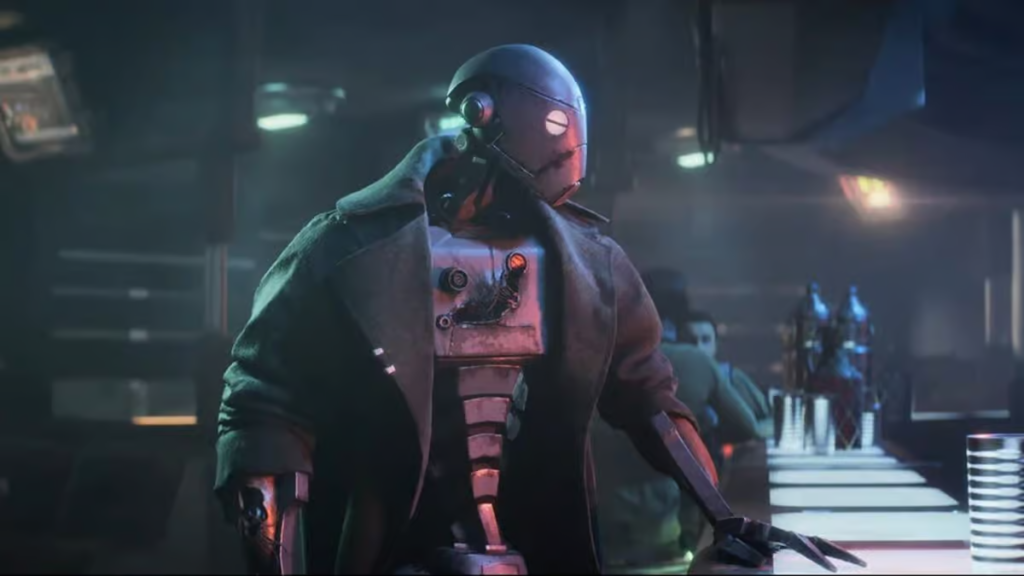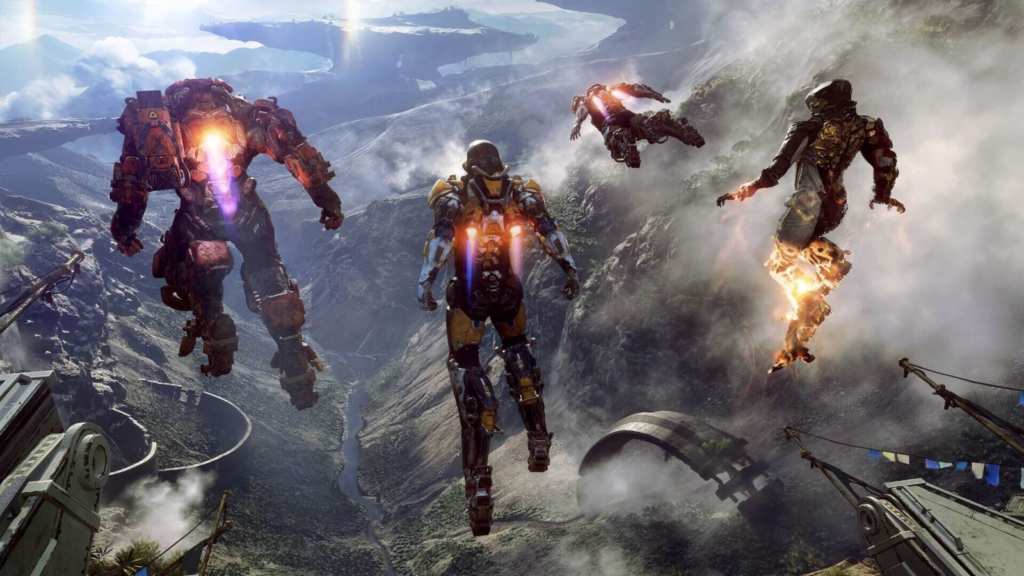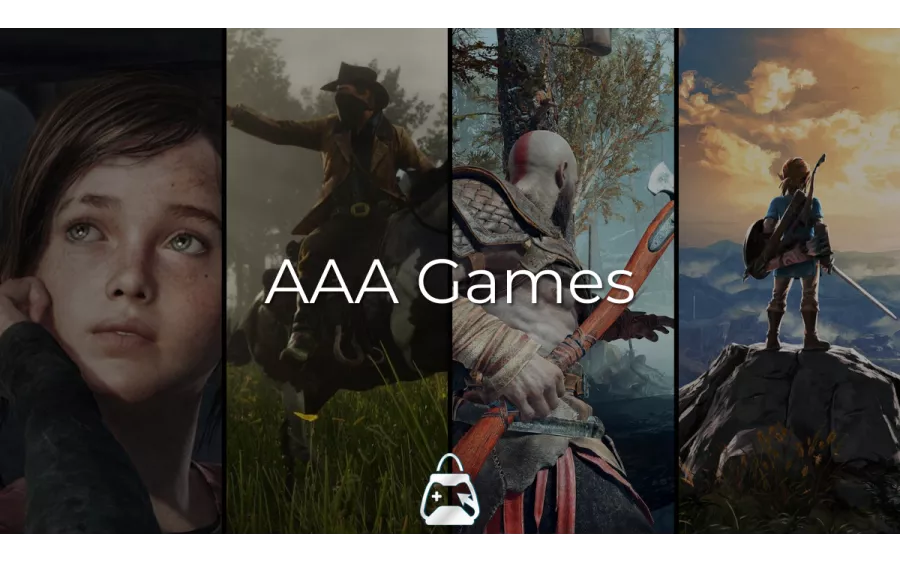The gaming industry is at a crossroads as insiders reveal that the cost of producing cutting-edge graphics for AAA games is spiraling out of control. While photorealistic visuals and jaw-dropping fidelity have become key selling points for blockbuster titles, the financial and manpower investments required to achieve these standards are putting immense strain on developers and publishers alike.
The Rising Cost of Visual Fidelity

As gaming hardware evolves, the expectations for graphics quality have skyrocketed. Players now demand ultra-realistic textures, ray tracing, lifelike character animations, and sprawling, detailed environments. However, these advancements come with significant costs:
- Development Budgets Soaring: According to industry analysts, the average budget for a AAA game has increased from $50 million in the early 2010s to over $150 million in 2024, with some high-profile games surpassing $200 million. A large portion of these budgets is allocated to graphics.
- Longer Development Cycles: Games like Cyberpunk 2077, Starfield, and The Last of Us Part II have taken five to eight years to develop, with much of that time spent perfecting visual elements.
- Expanding Team Sizes: Studios now employ hundreds, sometimes thousands, of artists, designers, and animators to meet graphical demands. This has led to logistical challenges and rising labor costs.

Industry Voices Speak Out
Insiders from top studios have begun to voice concerns over the unsustainable pursuit of visual perfection:
- A Veteran Developer at a Major Studio shared:
“We’re reaching a point where the cost of creating high-end visuals is eating into the budgets for other aspects of game design, like story, gameplay innovation, and content variety.” - An Executive at a Major Publisher added:
“There’s a diminishing return on investment with graphics. Players might be wowed by visuals initially, but if the gameplay or story isn’t there, it doesn’t matter how good it looks.”

Balancing Graphics with Gameplay
The pressure to deliver cutting-edge graphics has led some studios to make compromises in other areas:
- Gameplay Innovation Stifled: Focusing too heavily on graphics can limit the resources available for designing innovative mechanics or systems. Critics of recent AAA games have pointed out that many titles feel iterative despite their stunning visuals.
- Content Depth Reduced: Some developers are scaling back the scope of their games, offering smaller maps or fewer features to manage costs.
- Crunch Culture: The demand for high-quality graphics often results in extended periods of crunch for developers, leading to burnout and controversies around working conditions.

